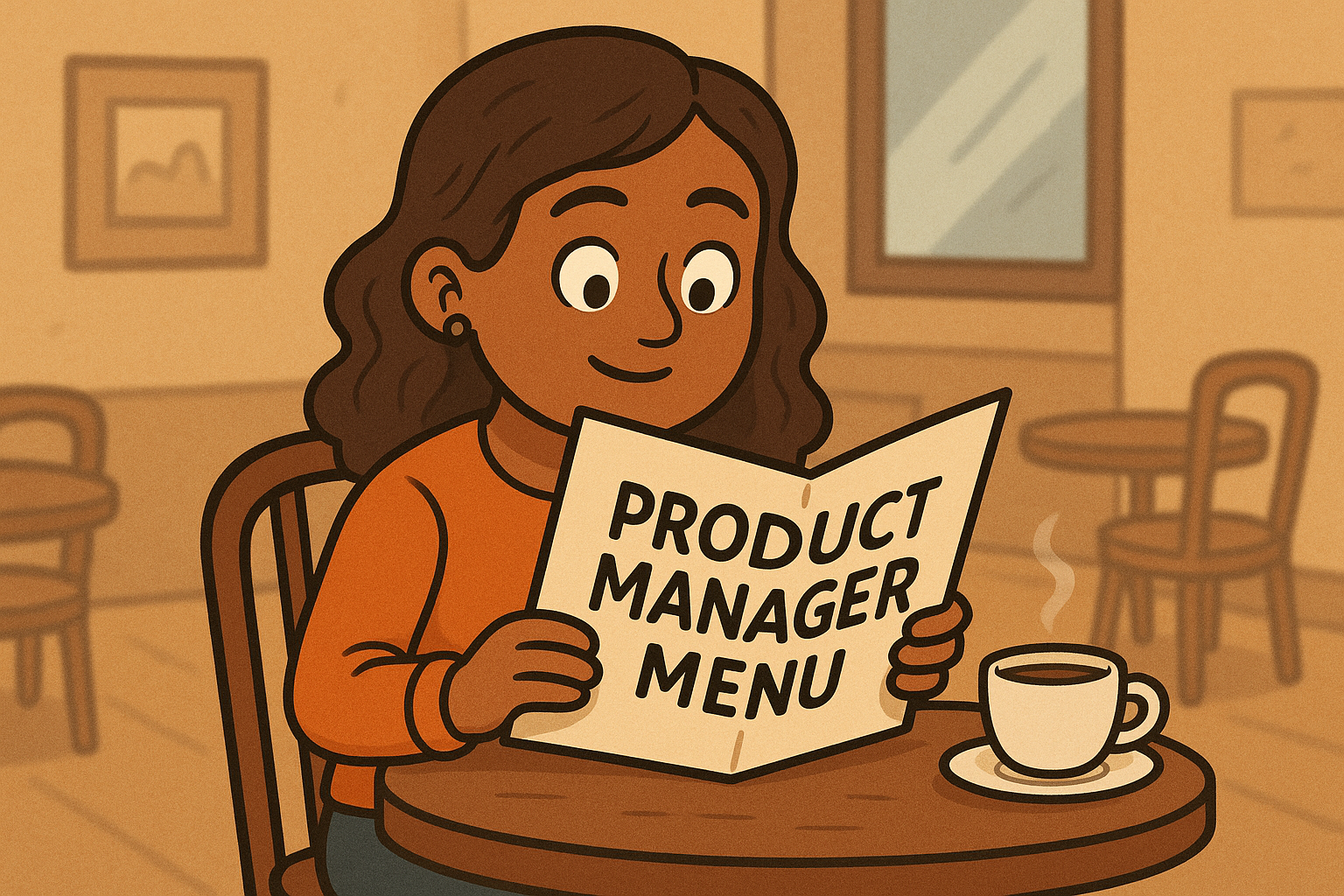
What Flavor of Product Manager Do You Need?
When software projects go sideways, it's rarely because of bad code. More often, the trouble starts upstream—with unclear priorities, shifting goals, or mismatched expectations.
That's why role clarity is critical, especially in client-agency partnerships. In this post, we break down the difference between Product Managers and Project Managers, and show how tailoring the right kind of Product Manager to your project can make the difference between shipping something functional and building something truly valuable.
One of the most common sources of confusion is understanding the difference between a Product Manager and a Project Manager, and why each role is critical to your success.
Here's a simple rule of thumb:
A Product Manager is responsible for the what and the why:
- What are we building?
- Why does it matter to the user or the business?
A Project Manager is responsible for the how and the when:
- How do we execute efficiently?
- When will each piece be delivered?
In a consulting agency, the Product Manager acts like a translator between the client's business goals and the software team.
- They work closely with the client to understand their users, pain points, constraints, and business priorities.
- They help the client define what the software should do, prioritize features, and make tradeoffs.
- They validate ideas, ensure the team is solving the right problem, and help shape a product roadmap that aligns with the client's goals.
- They're responsible for long-term success of the product, even beyond the current project timeline.
The Project Manager ensures that the software delivery runs smoothly: on time, on budget, and with clear communication.
- They create and maintain timelines, budgets, and task plans, and keep track of all moving parts.
- They communicate with both the client and the internal team, making sure everyone is aligned and no deadlines slip.
- They identify and remove blockers, manage risks, and report progress regularly.
- Their job is to manage the process and execution.
Both roles are essential, but conflating them slows teams down and leads to costly misfires.
If you already have a clear idea of what you want to build, it might be tempting to skip the Product Manager. But that's almost always a false economy. A great Product Manager doesn't just "manage requirements"—they protect your time, budget, and outcome.
Here's how:
Instead of asking a founder, CEO, or internal stakeholder to play part-time product owner, the PM becomes a proxy, reducing time drain and ensuring things move forward smoothly without constant handholding.
Clients often have a clear solution in mind — but they may not realize which features matter most to users, how behaviors differ from expectations, or which edge cases could derail the build. A PM helps uncover and resolve these gaps early.
Without understanding the "why" behind a project, it's hard for a team to say "no" to a feature request. Before you know it, you've blown your budget without actually solving the problem at hand. A PM is able to identify which core features deliver the highest return on investment and say "no" to the rest, helping teams stay focused on delivering value.
PMs break big visions into testable, shippable milestones. They unblock ambiguity, make real-time tradeoffs, and push for iterative delivery that gets real software into users' hands sooner.
Many clients describe features. PMs dig into the problem behind the feature, often surfacing simpler, more impactful solutions that developers might otherwise miss.
Not every project needs the same kind of Product Manager. Some clients need help setting up processes. Others need someone to write shovel-ready stories. Some want a strategic partner to shape the roadmap.
That's why we created the Product Manager Menu — a simple way to match the right flavor of PM to the needs of each project.
| PM Flavor | Best For… | What They Do |
|---|---|---|
| Execution Manager | Teams that are ready to build and need day-to-day momentum | Own delivery, unblock progress, and manage communication |
| Requirements Wrangler | Teams with ideas but no clear specs | Write detailed, buildable requirements |
| Product Analyst | Products that are flying blind without data to inform future investment | Identify key product metrics and set up data analytics stack |
| System & Process Architect | Teams or products that are scaling or struggling with inefficiency | Implement sprints, customer feedback loops, or prioritization frameworks |
| Customer Advocate | Products needing user validation or feedback loops | Drive user research and insight-based product decisions |
| Strategic Partner | Early-stage or pivoting products needing business alignment | Collaboratively shape product vision, strategy, and roadmap |
Whether you're building your first proof of concept or scaling a mature platform, having the right roles (and the right people) in place can make or break your project. By clearly defining responsibilities across Product, Project, and Engineering, you create space for each discipline to do what it does best. And when it comes to Product Management, the value isn't one-size-fits-all. Matching the right flavor of PM to your team's specific needs can accelerate delivery, reduce costly missteps, and ultimately lead to a product that solves the right problem in the right way.
So next time you kick off a build, don't just ask who's coding and who's managing the timeline. Ask yourself: What kind of Product Manager does this project need?
We've got a menu for that.
Join the newsletter for blogs, updates, and sneak peaks

Erin Antcliffe
Erin is a Product Manager at Thunk.